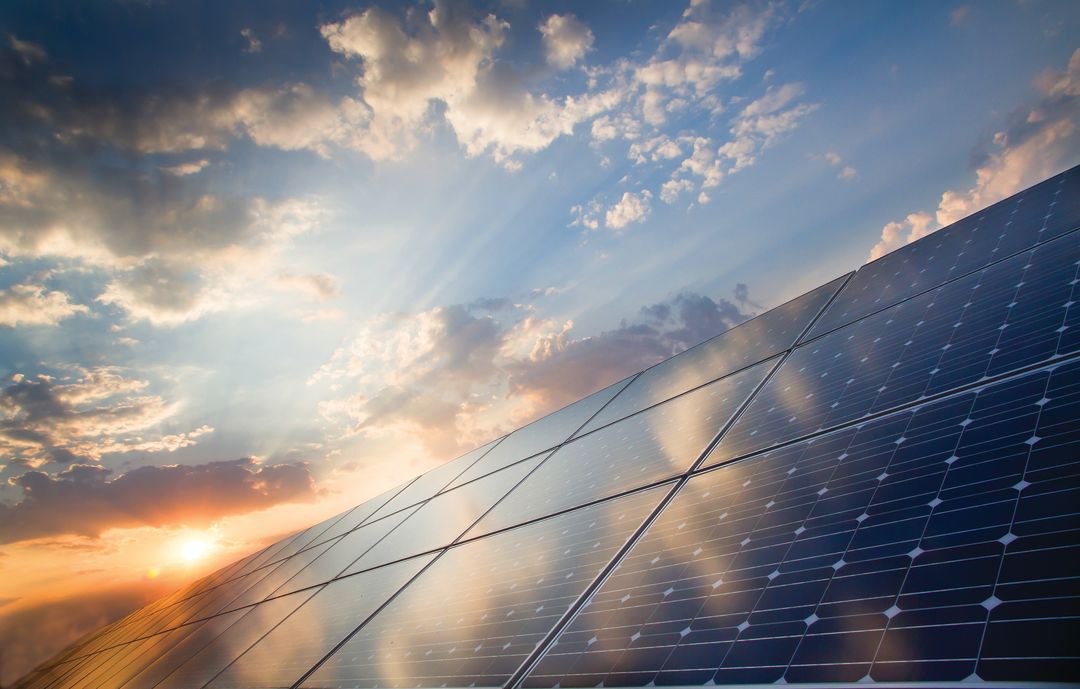Solar Prices Are Dropping and Technology Has Improved

Image: Shutterstock
Brett Williams went solar in 2018. A Sarasota Memorial Hospital emergency room doctor, he lives on 10 acres east of I-75. He and his wife love being surrounded by nature, but they didn’t like the frequent power outages and days without air conditioning, lights, hot showers and coffee in the morning.
“I wanted to be energy independent,” says Williams.
So he and his wife spent $125,000 on 52 solar panels placed on a large concrete pad and four Tesla batteries to power his 3,500-square-foot home and 1,200-square-foot mother-in-law cottage. Now, during the day, Williams produces energy that flows into the Florida Power & Light grid, and then, at night, FPL supplies energy for his home. The batteries are only used during power outages.
Williams—who doesn’t have a small home but does want to have a smaller carbon footprint—is one of a growing number of Floridians who have moved to renewable energy. Florida hasn’t made it easy to switch from fossil fuels to solar. The number of users and Florida’s solar policies lag other states’ subscribers, incentives and investments—only 2.8 percent of the state’s energy comes from solar, for example. But the state’s utility companies have begun to invest, including FPL’s massive solar facility in Manatee County and another Manatee County solar project slated to be finished this year. Prices for solar systems have dropped 45 percent in the last five years, according to the Florida Solar Energy Industries Association (SEIA).
Bill Johnson of Brilliant Harvest, a Sarasota solar installer (he installed Williams’ system), sits on the board of Florida SEIA. He says Florida consumers have three main choices in solar: net metering (the excess energy you produce during the day goes back to the utility and you receive a credit), going completely off-grid (few people do this) or taking part in FPL’s Solar Together volunteer program that adds $9 a month to your monthly electric bill to help FPL invest in solar capacity. FPL customers don’t need any equipment to participate, but it’s not clear when consumers’ contributions to this investment will pay off in lower prices.
Johnson thinks 2021 “is the year we’re going to see solar and renewable energy become more mainstream.” A new administration in Washington has made reducing carbon a priority and technology has improved. The newer lithium batteries, like Tesla’s, have increased capacity and are coming down in price—“real game changers,” says Johnson. Plus, they’re safer and require less maintenance. There is also a federal tax credit of 26 percent on every solar installation.
Williams, who received a tax credit after installing his system, doesn’t expect to break even on his investment. While the cost of the solar panels will be paid off in about seven years, the Tesla batteries will not. But going green was important to Williams. “I have an electric vehicle,” he says, “and I’m a Boy Scout at heart. I like to be prepared.”



